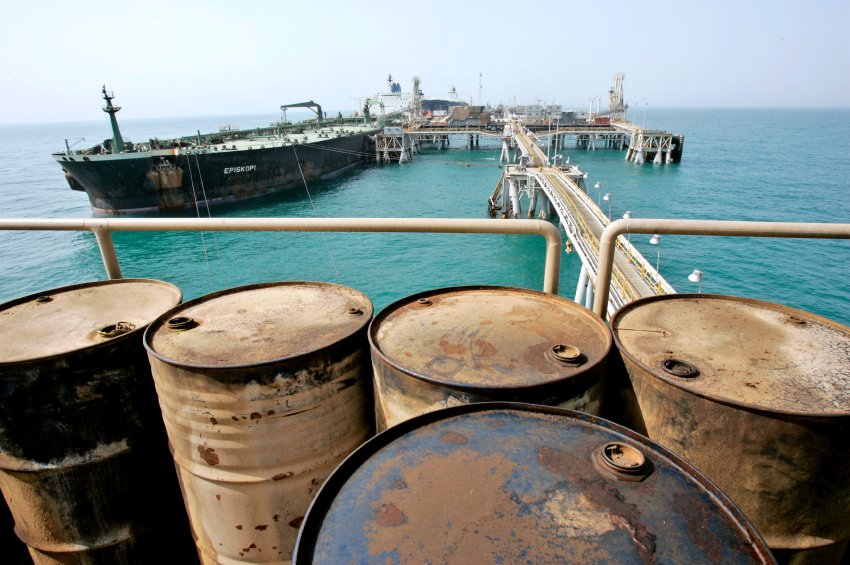The nuclear accord reached in Vienna on Tuesday could eventually reshape global oil markets. After almost two years of talks, the holder of the world’s fourth-biggest crude reserves will benefit from an easing of international sanctions on exports in return for curbs on its nuclear program.
Oil Minister Bijan Namdar Zanganeh said the country can increase exports by 500,000 barrels a day as soon as sanctions are lifted, and then an additional 500,000 a day in the following six months. Iran produced an average of 2.8 million barrels a day this year, Bloomberg reported.
Timetable for Oil Exports
The European Union will lift its embargo on oil imports from Iran as the nation meets its nuclear obligations, according to diplomats in Vienna involved in the talks.
Iran’s oil reserves are estimated at 157.8 billion barrels by BP Plc. That’s enough to supply China for more than 40 years. The first crude deposits found in the Middle East were discovered in Iran in 1908, and the country was pumping 6 million barrels a day seven decades later.
Capacity has since declined as Iran’s wells have been deprived of sufficient investment and advanced technology to offset falling reservoir pressure. Western oil companies have mostly been absent since the 1979 Islamic Revolution, and in particular since the tightening of western sanctions against Iran in 2012.
Impact on OPEC Members
Zanganeh presented his 11 OPEC counterparts with a letter at their meeting last month, saying they should prepare for Iran’s return.
The 12-nation group has exceeded its self-imposed limit of 30 million barrels a day since June last year. Saudi Arabia’s focus on defending market share by increasing production rather than price means all members are free to pump as much oil as they please.
More Iranian crude could amplify Saudi Arabia’s strategy of pressuring producers with the highest costs, while also increasing competition among OPEC members for Asian customers.
Global markets are already contending with an oversupply that International Energy Agency data indicate will be about 800,000 barrels a day in the second half. Brent crude is currently forecast to rebound to an average of about $67 a barrel in the rest of 2015, according to analyst estimates compiled by Bloomberg, as US supply growth slows.
Targeted Markets
Iran’s priorities are Asia and then Europe, Zanganeh said in May. The one million barrels of daily sales lost following the 2012 sanctions were split between the two regions.
Iran’s Asian trade was mostly taken by Saudi Arabia and Kuwait, whose crudes are chemically similar, according to the US Energy Information Administration. In Europe, Iranian oil was displaced by Russia, Saudi Arabia and Iraq.
Crude exports of about 1.1 million barrels a day have continued to buyers granted exemptions by the US, China, South Korea, Japan, India, Turkey and Taiwan.
Oil Price
Oil extended declines as Iran, once OPEC’s second-biggest producer, reached a deal with world powers over its nuclear program, raising speculation it will increase crude shipments into an oversupplied market.
West Texas Intermediate, the US benchmark, dropped as much as 2.5%. WTI fell as much as $1.29 to $50.91 a barrel on the New York Mercantile Exchange. It was 1.9% lower at $51.19 at 8:44 a.m. London time, the biggest loss in a week. Brent, the global benchmark, fell as much as 2.1% to $56.61 a barrel on the ICE Futures Europe exchange.


